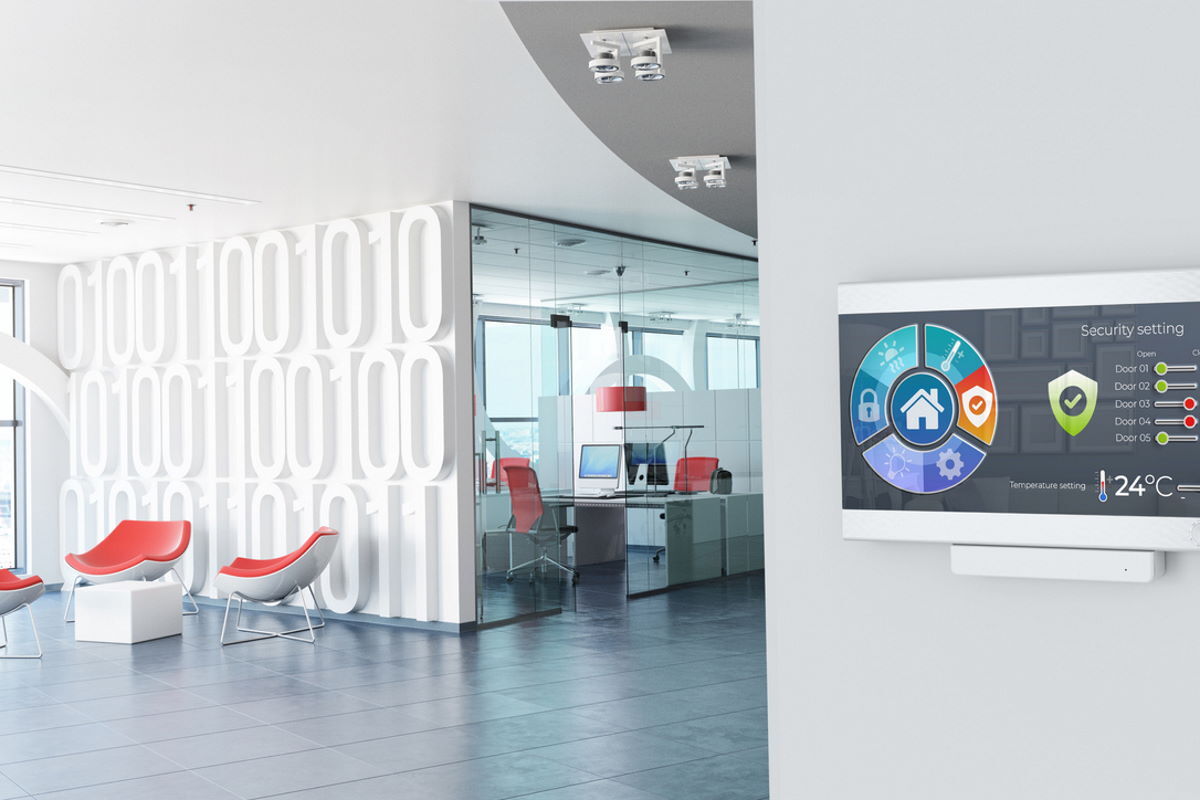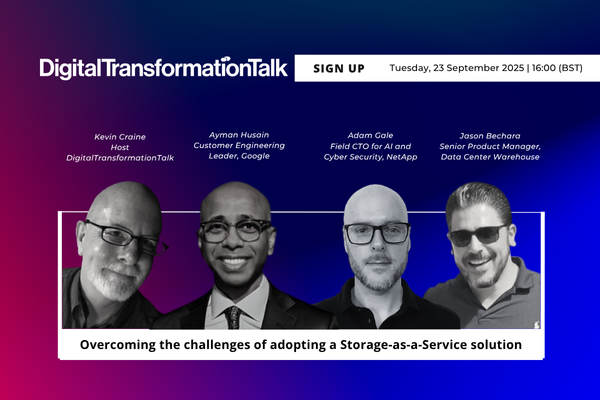How smart tech can improve workforce wellbeing-November 2021

Jamie Cameron at Johnson Controls describes how smart technology can enhance wellbeing at work
With many of us spending the last 18 months working from home, the benefits of a workplace tailored to our wellbeing have become clearer than ever. After all, at home we can adjust the heating to our liking, open a window if we feel stuffy or close a blind if the sun glares on our screens. And as a result, a third of UK business leaders agree that homeworking visibly boosted productivity through 2020/21.
But now we’re returning to shared workplaces as the age of hybrid working gets fully underway. There’s a new expectation upon employers to cater to their workforce’s welfare and create the conditions for optimal output. Equally, an increasingly eco-conscious generation wants to return to work, and fulfil their potential, without the guilt of an excessive carbon footprint. Studies show almost two-thirds of UK office workers say they’re more likely to work for a company with strong environmental policies than one without.
So, to create an efficient, productive workforce, employers need healthier, happier employees. But how can we adapt our buildings to both support our people’s wellbeing, and meet key sustainability targets? It all starts with smart technology.
Providing peace of mind for peak productivity
As a first step, business leaders need to ensure the continued safety of the people in their buildings post-pandemic. Though the vaccines have softened the virus’s risks, we mustn’t add to the concerns of workers still worried about their own health, or the health of a friend or family member.
Instead, installing smart technologies such as skin temperature screening, touchless environments and UV-C lighting can help to further mitigate the spread of the virus and other infections. With robust, recognisable health & safety measures in place, people can enjoy the freedom to come to work and give their all—without worrying about repercussions. This, in turn, can help businesses with overall output as staff sick days can be lowered.
The pandemic’s renewed focus on workplace welfare also coincides with a rush of new research into its impact on productivity. Take air, for instance. A recent study shows that concentration and cognitive abilities of office workers is significantly affected when air quality improves or subsides. Participants had slower response times and reduced accuracy on a series of cognitive tests when exposed to increased concentrations of fine particulate matter (PM2.5) and lower ventilation rates.
To maximise productivity, managers can look to smart mixed-air HVAC systems and portable HEPA filters to increase outdoor air circulation and reduce airborne contaminants.
Bringing home comforts to work
Previously, workers were forced to adapt themselves to their workplace, rather than adapt their workplace to them. But with the advent of smart technologies, this no longer has to be the case.
Smartphone apps that connect to a smart building’s digital infrastructure now give occupants the power to perform everyday activities to their taste. This includes everything from adjusting heating and lighting, to booking private conference rooms, to moving through the building without touchpads or badges.
Equally, managers equipped with the correct data and technologies can better understand the layouts within their workplaces. Then, they can study the air change rate for instance, and decide who sits where based on where will be healthiest for them.
Healthier people for a healthier planet
As might be expected, new research shows that improving occupants’ health, safety and wellbeing is the current top priority for building decision-makers. But this is soon to be surpassed by the environment, with energy efficiency and sustainability targets set to take top spot in five and ten years’ time respectively.
However, without the right steps soon in place, these targets could prove to be too tough to meet, especially with the UK’s forthcoming net-zero target of 2050. And with millennials and Gen Z workers expressing stronger environmental concerns than ever before, businesses must start looking to transform their efficiency today.
Often, energy-saving and wellbeing measures go hand in hand—with increased use of natural lighting cutting electricity consumption and helping employees produce Vitamin D, improve circadian rhythms, and enjoy a well-earned mood lift. Plus, smart management systems can automatically monitor and optimise building energy use, scanning the facility to spot ways to save energy, improve indoor air quality (IAQ), and maintain occupant comfort.
Using AI and machine learning, smart buildings can also predict lighting demand to prevent energy waste, gather data from weather forecasts to optimise chilled and hot water, and even monitor ever-changing utility prices to reduce overspend.
Employee welfare is the most pressing issue for businesses as staff return into offices more permanently and as ‘The Great Resignation’ gets fully underway. But businesses that invest in smart tech have a much stronger chance of boosting employee happiness, retaining their workforce, and attracting new talent.
Jamie Cameron is Director of Digital Solutions at Johnson Controls
Main image courtesy of iStockPhoto.com

Business Reporter Team
Related Articles
Most Viewed
Winston House, 3rd Floor, Units 306-309, 2-4 Dollis Park, London, N3 1HF
23-29 Hendon Lane, London, N3 1RT
020 8349 4363
© 2025, Lyonsdown Limited. Business Reporter® is a registered trademark of Lyonsdown Ltd. VAT registration number: 830519543





